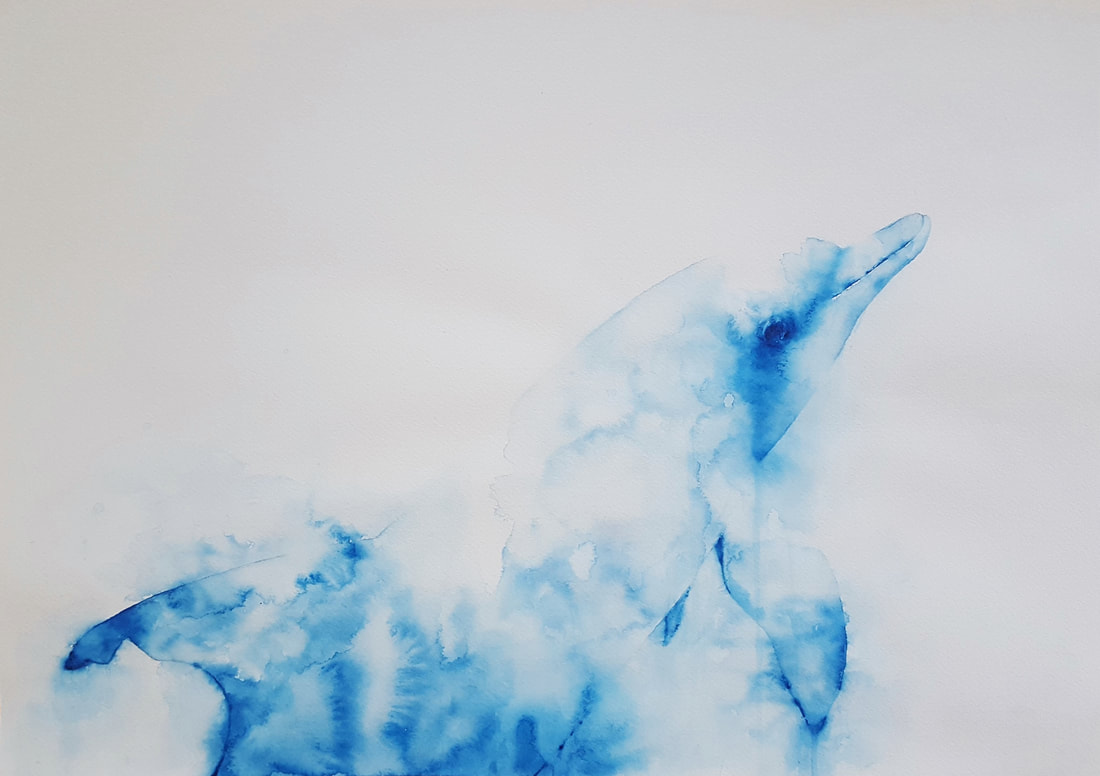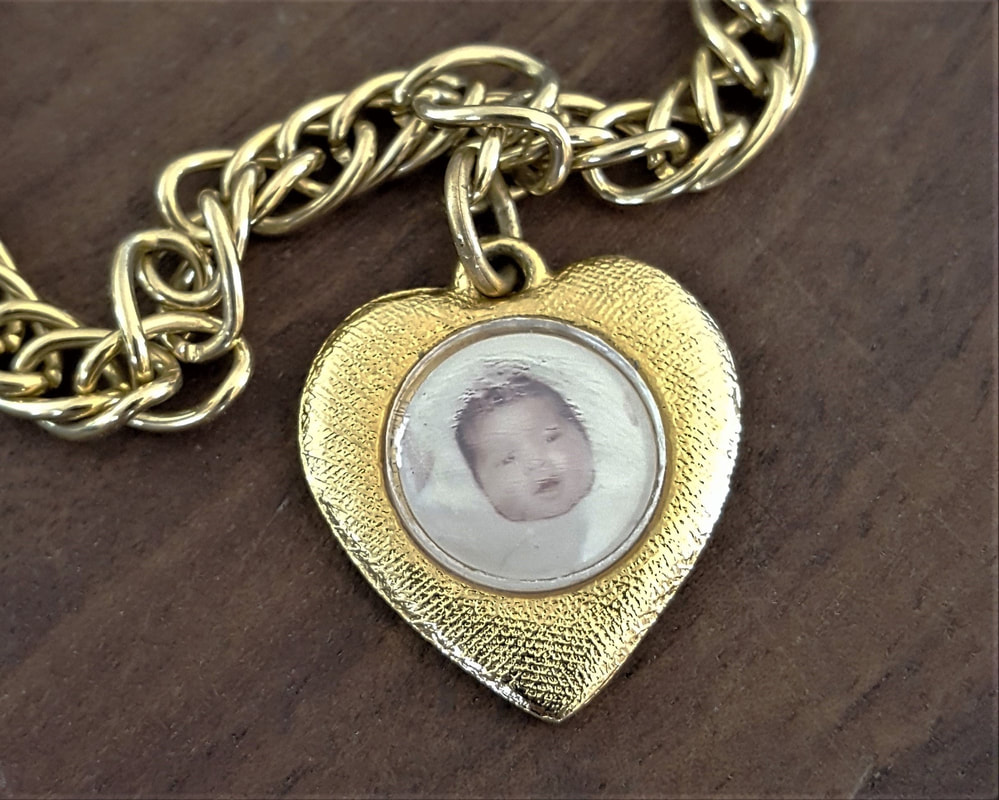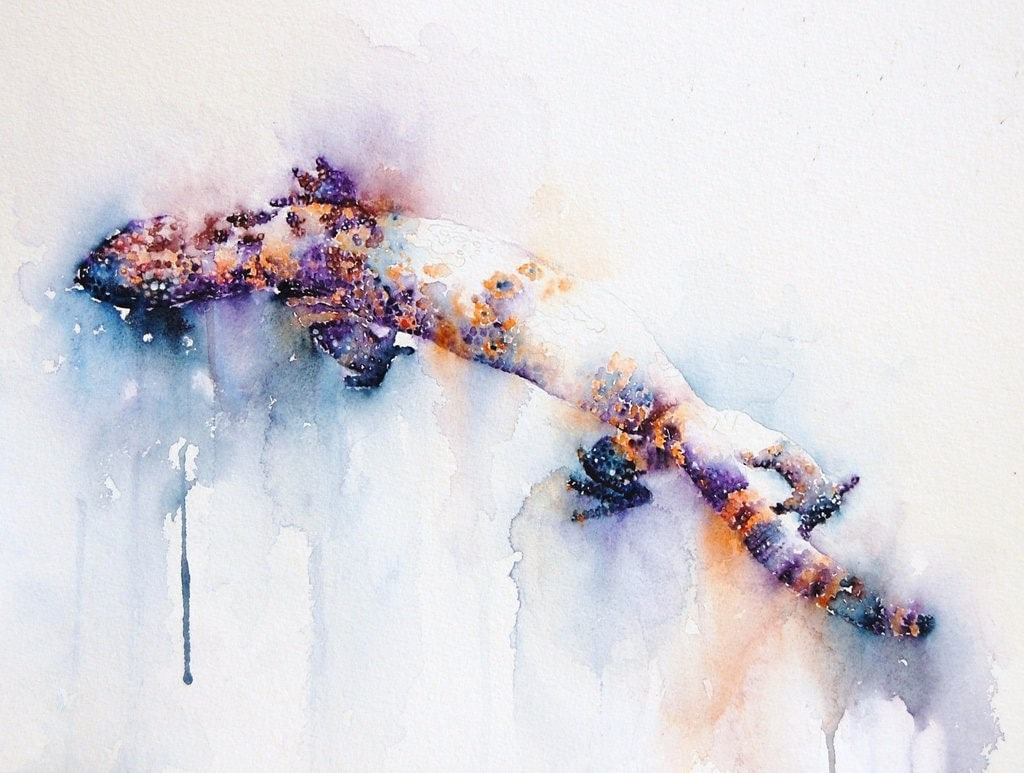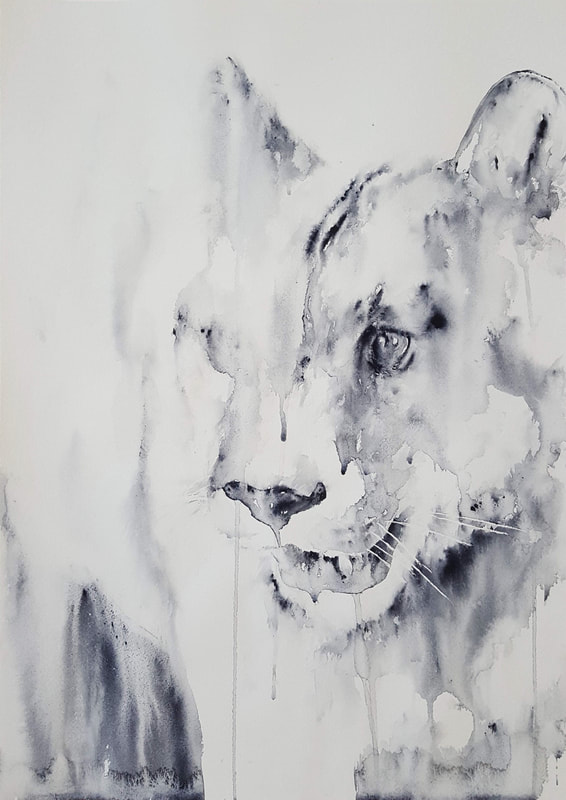I believe that authenticity matters; hiding who we are stifles growth opportunities for the individual and collective. So in this blog I write about all things that genuinely fascinate me: art, spirituality, the puzzles of personhood--and their ongoing interplay. For some, learning the artist's thoughts contaminates the experience of the art, and I respect that. It might be best to avoid this blog and visit only my gallery pages. Personally I can't get enough of the stories, ideas, and people behind art, so this blog is most appropriate for an audience similarly curious and open-minded, and who won't take offense at challenging perspectives and taboo topics. It's especially for those who are aware they're undergoing a spiritual awakening and seek to feel less alone in that process. I wouldn't be at this better place in my life if it weren't for the wayshowers I found online who helped me understand what was happening to me and to the world, and I hope to pay it forward by doing the same for others on the awakening path.
|
...and then my guide said, ‘You know we’re in the fairy realm.’
But why is a soul piece in the fairy realm? That is kind of rare, even though we have stories about the fairies stealing one. So I was looking and I saw a little girl, but she had blonde hair, and I thought, 'That can’t be Jennifer.' I double checked though, in case you’re looking different on the astral. And [my guide] said, 'Jennifer’s over there.' I said, 'Where? I’m not seeing her.' I was looking for a little girl with dark hair. Then I saw one of the fairy beings, a female. And she was standing with her back towards me. She turned around and in her arms was a baby—a tiny, teeny little baby. And my guide said that was you.
This is the fourth in a series of posts on what I've learned from my dysfunctional upbringing and my thoughts on how the systems and beliefs that comprise our culture can improve. For my full story, see the December 2020 post titled, "We Are Shaped by Our Experiences: An Origin Story Pulled from the Shadows." My intention is to inspire others to develop greater awareness about their own lives and to share ideas for building healthier, more supportive families and communities. Because I believe, as Teal Swan says, "We are given the very wounds we are meant to teach others to heal."
"The Buddha said at some point...with our thoughts we create the world that we live in. But what he didn't say, which is really the insight of modern psychology, is that before 'with our thoughts and our minds we create the world,' the world creates our mind." - Dr. Gabor Maté
Let bygones be bygones is the common, shaming message surrounding childhood trauma ordered by people who never experienced nor studied it, or who themselves are in deep denial about their own history. Yet something in me that knew that the keys to really understanding myself and what I needed to heal--and help prevent from happening to others--lay buried in the past that increasingly preoccupied my mind. It turns out I was on to something. Because science now bears out that a person’s earliest experiences in life have the greatest impact on their physical, mental, and emotional development and well-being due to physiological factors unique to the very young.

Image credit: Jennifer Thangavelu, based on a reference photo by Joebaby Noonan. My painting of a young wild dolphin I swam with off the coast of Bimini in the Bahamas (based on a photo taken when he was even younger, before I met him). His dorsal fin was chopped, likely by a shark--but dolphin pods (communities) are incredibly supportive, enabling members to recover easily from trauma. He's very charismatic today. Joebaby named him Romeo.
This is the third in a series of posts on what I've learned from my dysfunctional upbringing and my thoughts on how the systems and beliefs that comprise our culture can improve. For my full story, see the December 2020 post titled, "We Are Shaped by Our Experiences: An Origin Story Pulled from the Shadows." My intention is to inspire others to develop greater awareness about their own lives and to share ideas for building healthier, more supportive families and communities. Because I believe, as Teal Swan says, "We are given the very wounds we are meant to teach others to heal."
In the last post I introduced what could be an uncomfortable and/or liberating new idea for many: that trauma is more than we think. It’s big stuff (wars, natural disasters)--but also little stuff that we’re not used to thinking of as detrimental. In this post I discuss the groundbreaking theory that identifies an important physiological missing link between our experiences and our emotions and behaviors that follow them.
This is the second in a series of posts on what I've learned from my dysfunctional upbringing and my thoughts on how the systems and beliefs that comprise our culture can improve. For my full story, see the December 2020 post titled, "We Are Shaped by Our Experiences: An Origin Story Pulled from the Shadows." My intention is to inspire others to develop greater awareness about their own lives and to share ideas for building healthier, more supportive families and communities. Because I believe, as Teal Swan says, "We are given the very wounds we are meant to teach others to heal."
Quick: List five examples of trauma. Maybe picturing the trauma care center at your local hospital, you’ll likely name big, unforeseen events that cause severe bodily injury, like heart attacks, car accidents, gun crimes, and building fires. For much of our modern history, perhaps the least controversial definition of trauma is something like this: an acute, physical, often violent event that surprises and harms us in the moment that it occurs. Maybe your definition of trauma extends to events that seem to leave the body intact but shock the mind, like a soldier's experience witnessing the unbearable carnage of combat--events that are linked with an eventual cascade of behavioral problems that fall under the term post-traumatic stress disorder, or PTSD. The federal government only fairly recently accepted PTSD as a legitimate problem among its veterans of war, as Dr. Bessel van der Kolk recounts in his 2014 book, The Body Keeps the Score: Brain, Mind, and Body in the Healing of Trauma. But as the author asserts, "One does not have to be a combat soldier...to encounter trauma" with similar long-term effects. He goes on to list statistics associated with the famous ACEs study, described below, that identified sources of trauma in the home environments of the country's youngest--and thus most vulnerable--population. |
Archives
May 2022
Categories |


